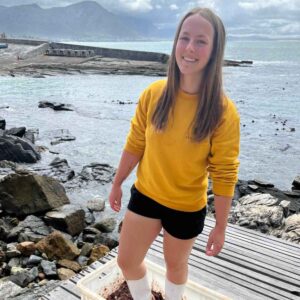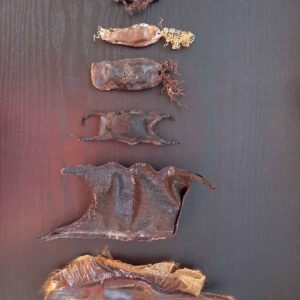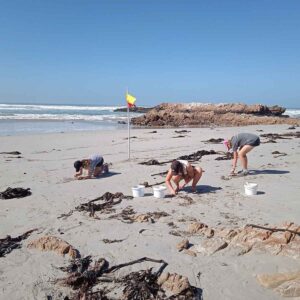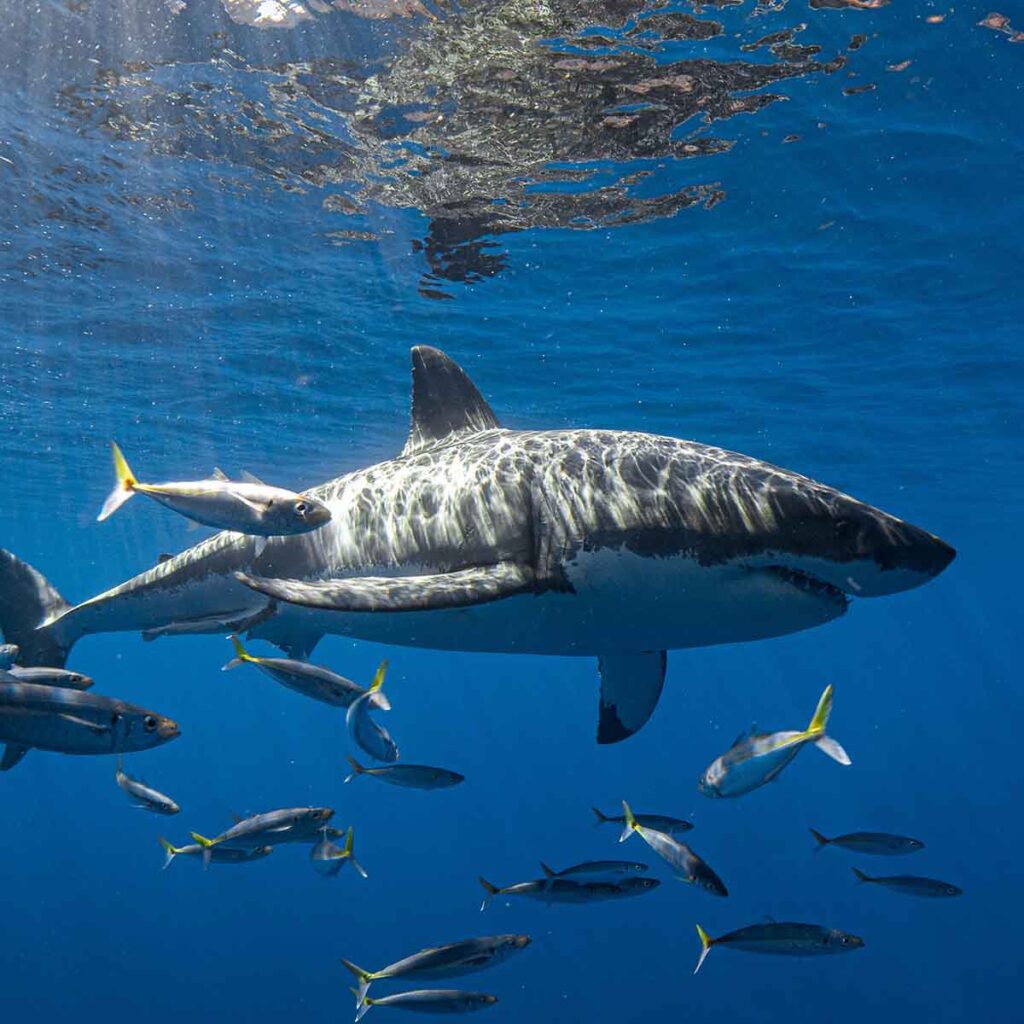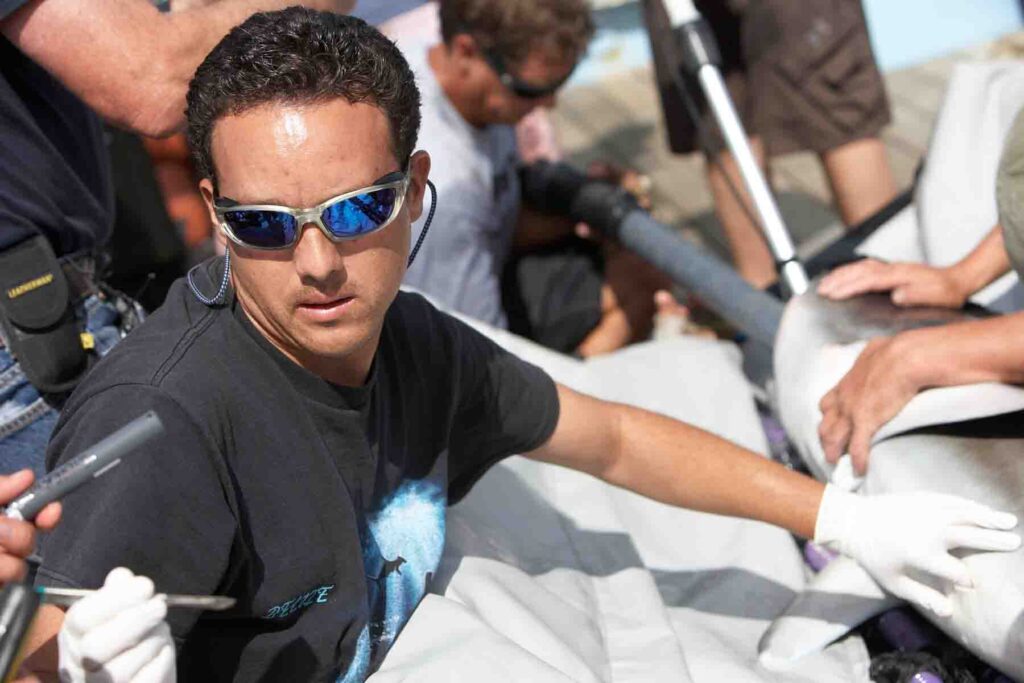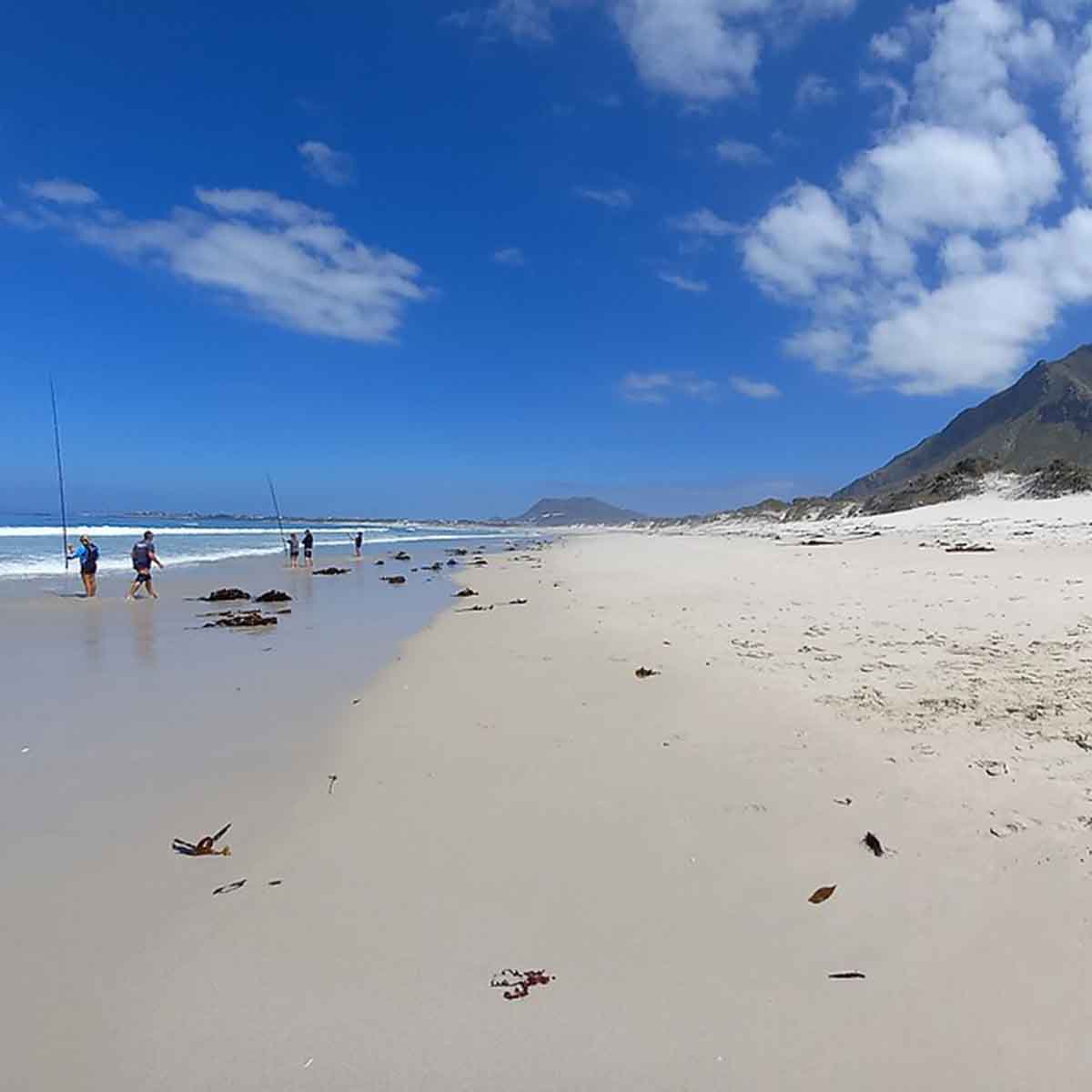
Shark research in South Africa.
How effectively are sharks and other cartilaginous fish protected?
- Bachelor thesis on shark conservtion in South Africa
- Guiding tourist groups through the lab
- Environmental sampling during estuarine monitoring
Studying doesn’t have to be a dry affair – certainly not for Sofie Möhrle (SHARKPROJECT Regional Manager North). Sofie is studying ecosystem and fishery sciences. For her bachelor thesis she travelled to South Africa to do research on shark conservation on site and to find out how effectively sharks and other cartilaginous fish species are protected in the marine protected area there. SHARKPROJECT is also interested in this and supports Sofie with her bachelor thesis.
Specifically, Sofie is helping with the organisation South African Shark Conservancy in Hermanus – https://www.sharkconservancy.org/ Her exciting week begins on Monday at 5:45 a.m. with early rising and first data analysis. Then finally it’s off to the water for snorkelling. With crushed sardines in canisters, sharks are attracted directly in the kelp (kelp forest) in front of the Lab. Sofie is present as cat sharks are measured, tagged and released back into the sea. On the second day, the shark protectors search for cartilaginous fish eggs on the beach – and they also clean up, because unfortunately there is a lot of rubbish on the beaches of South Africa. Sofie finds eggs of chimaeras, puff adder cat sharks and dark cat sharks, among others. These are measured and the location recorded by GPS.
In the evening, Sofie leads a group of tourists through the lab and shows them an interactive presentation about the importance of sharks for the oceans and, of course, shark protection. The next day she helps to measure dark cat sharks, leopard cat sharks and pyjama cat sharks, tag them with spaghetti tag and release them again. On Thursday, a long day on the boat – during estuary monitoring, shark conservationists take environmental samples at 50 cm intervals in the estuary. The samples are taken at 50 cm intervals: Temperature, salinity, conductivity and dissolved oxygen. Data that are important for management decisions to protect habitat. The last day, Friday, remains "dry" again. Office day. Transferring data into Excel spreadsheets, presenting results and last but not least: cleaning the lab. The reward for this eventful week is a braai, a South African barbecue. We are looking forward to Sofie’s bachelor thesis, in which we will certainly be able to read more about the findings of her South African week and sharks.
your contact person Barbara Aschauer
We report on Shark protection stay informed!

Don’t miss any events, current projects, educational programs and news! Sign up for our free newsletter and stay up to date!

